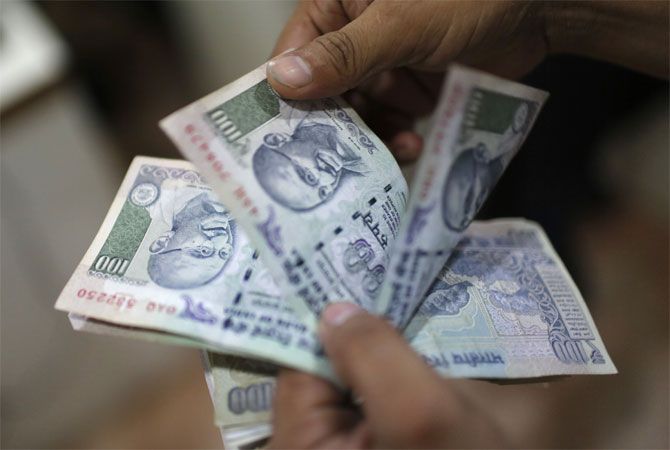 The extent of the challenge faced by Prime Minister Narendra Modi’s ‘Make in India’ programme is made ever clearer each time that India’s merchandise trade figures are released.
The extent of the challenge faced by Prime Minister Narendra Modi’s ‘Make in India’ programme is made ever clearer each time that India’s merchandise trade figures are released.
For the sixth straight month, merchandise exports fell in May, according to data released on Tuesday.
They fell by a startling 20.2 per cent, following falls of 14 per cent in April and 21 per cent in March. Some have underplayed this, noting that imports have also fallen — and in fact, have fallen even more, meaning the trade deficit has narrowed.
And it is true that both imports and exports are very sensitive in dollar terms to the price of oil, given India’s refinery business.
Since the price of oil has fallen considerably since May 2014, that will be reflected in the year-on-year figures. Indeed, given that gems and jewellery including gold also constitute a reasonable proportion of Indian trade, the decline in the price of gold and precious metals will also affect the value of India’s trade basket.
Yet a closer look at the numbers suggests that such rationalisation would be unwarranted. In fact, exports excluding petroleum products and gems & jewellery also fell in May, by nine per cent; and in April, by 5.7 per cent. In other words, India’s export malaise is not merely an artefact of oil prices.
The deeper problems of competitiveness continue to bedevil India’s exports — and, more than six months after the ‘Make in India’ initiative was launched, there appears to be no real answer as to how the competitiveness deficit will be overcome.
It is true that the rupee is at least becoming less strong, albeit slowly. It hit a 21-month low on Tuesday.
It will have to weaken much further, however, if it is to serve as a stimulus to Indian exports. And the global economic environment has to improve so that there is higher demand in developed markets to aid India’s exports.
If anaemic export demand for Indian goods is to be overcome by strong domestic demand in order to get ‘Make in India’ going, then the trade data had bad news on that front as well.
Imports fell 16.5 per cent. And, again, if petroleum products and gold are removed, the news continues to be bad — imports still fell by 3.5 per cent.
This figure – for non-oil and non-gold imports – has fallen year-on-year for the first time in many months.
The crisis of domestic demand that has been suggested by slow revenue growth for India Inc and slow pick-up of consumer goods like two-wheelers is now clearly visible even in imports.
The government thus cannot rely on strong domestic demand to power an investment or manufacturing revival.
Indeed, it is far from clear what future sources of growth will be. The government’s options are limited.
There are essentially three ways forward. First, keep on working to reduce red tapes and regulations, in order to boost competitiveness.
Second, let the rupee continue to depreciate. And third, hope that ramping up public investment will create demand and capacity quickly enough.











